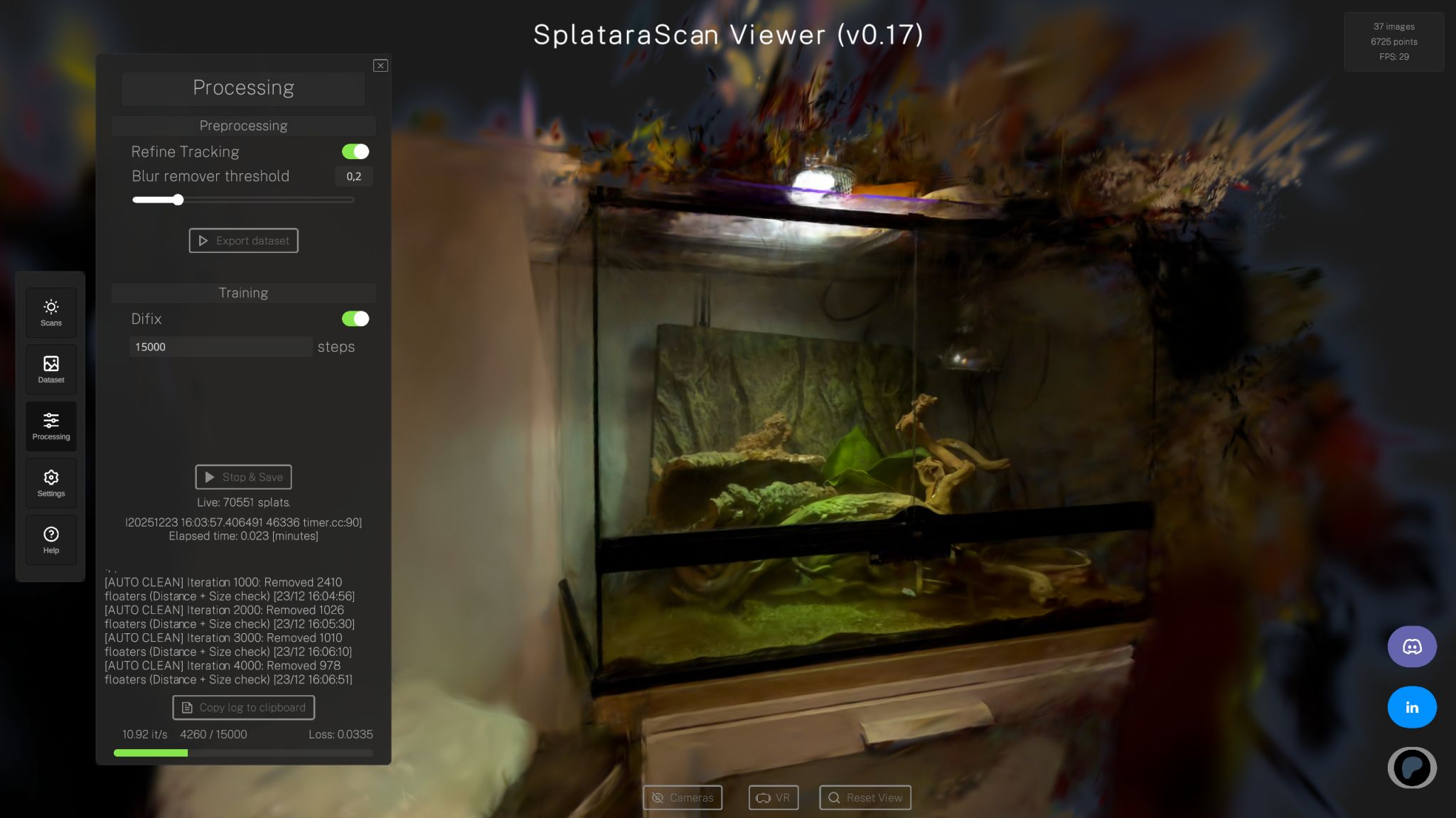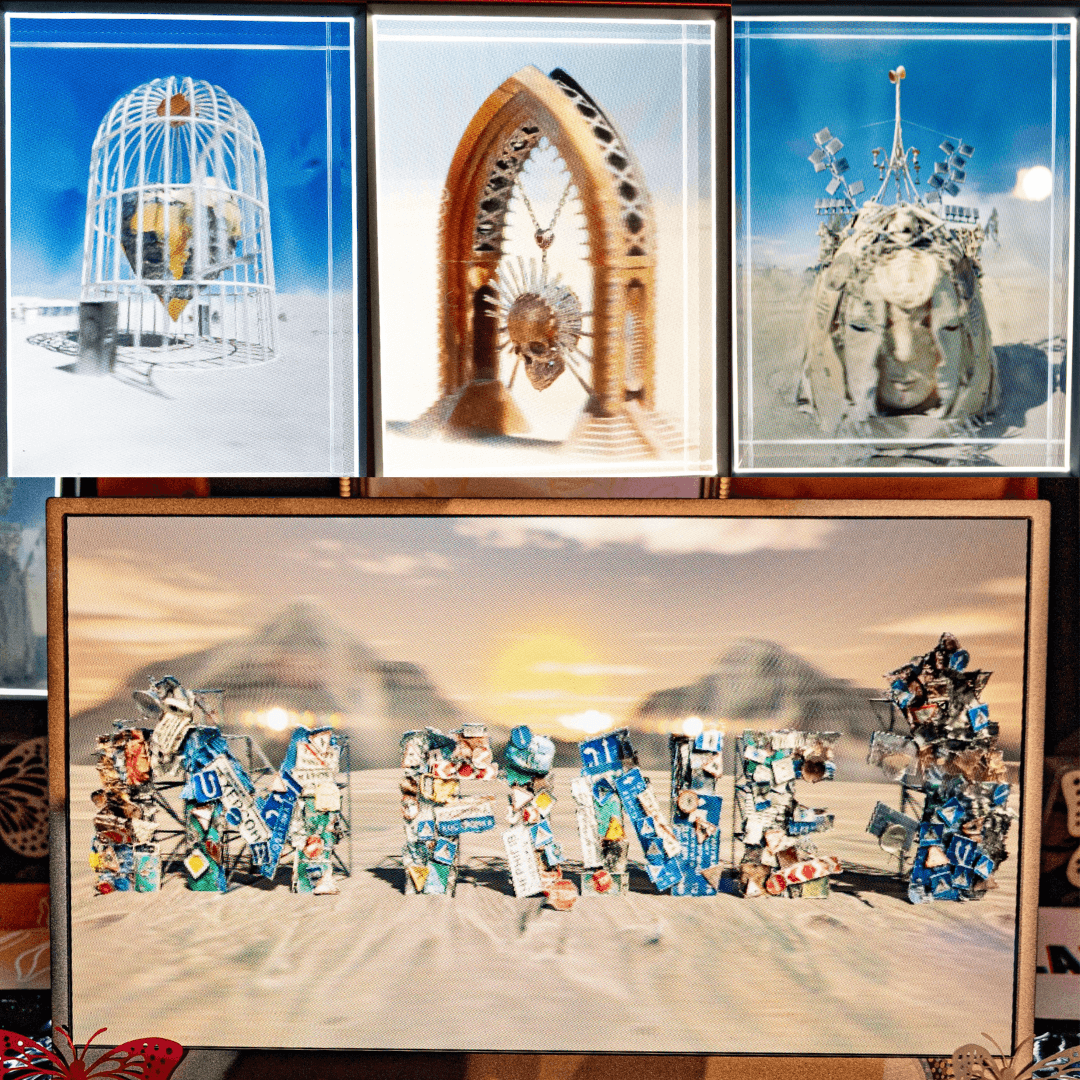

Michael Rubloff
Mar 22, 2024
Please forgive the delay in coverage. I am finally returning from GTC and GDC. There will be several stories going out over the next 24 hours as I get up to speed.
First on the slate is an announcement that I am truly excited for. On March 20th, Scaniverse, a company owned by Niantic, announced they have begun offering Gaussian Splatting in-app.
We have seen an increasing number of platforms integrate Gaussian Splatting into their offerings, but the implementation by Scaniverse is notably unique.
They are capable of performing all the processing locally on the device, which eliminates the need to upload data to the cloud. This also means you can capture and process data offline. Initially, it seemed almost too good to be true, so I conducted quite a few tests yesterday with my phone in airplane mode and encountered no difficulties.

Furthermore, the training process is impressively fast, completing the processing from the end of capture to a resulting view-dependent Gaussian splat file in about two minutes. This speed positions it as the fastest pipeline currently available. Although Scaniverse has not specified the number of training steps this initial pass involves, the base output I receive is quite decent, and the model allows for further training.
I continued to process a file an additional five times and didn’t seem to hit a max training limit. One of the nice things is that you are able to preserve the raw data used, like in Polycam, meaning you can always export out the images, if necessary. As long as you have your raw data saved from historical captures, you can reprocess them into splats.
Like Polycam, which recently introduced the capability to measure Gaussian Splatting captures, Scaniverse has now implemented this feature as well. While neither company has provided specific details on the precision of these measurements, you can measure to the nearest inch for captures.
Additionally, the preset camera paths Scaniverse created for LiDAR carry over to Gaussian Splatting, making it easy to churn out renders. The Scaniverse team has also confirmed that they are working on making Splats editable and cropped. For those looking to bring the resulting capture into additional platforms, such as Unreal Engine or VR, Scaniverse allows for exporting of the .ply. For now, you can crop and edit through PlayCanvas's SuperSplat.
If you’re looking to simply share your capture online, Scaniverse also supports the uploading to their site.
Scaniverse was the app that introduced me to LiDAR several years ago, and I am thrilled to return to the app for the lifelike outputs you can achieve from Radiance Fields. It can be downloaded on the iOS App Store.








